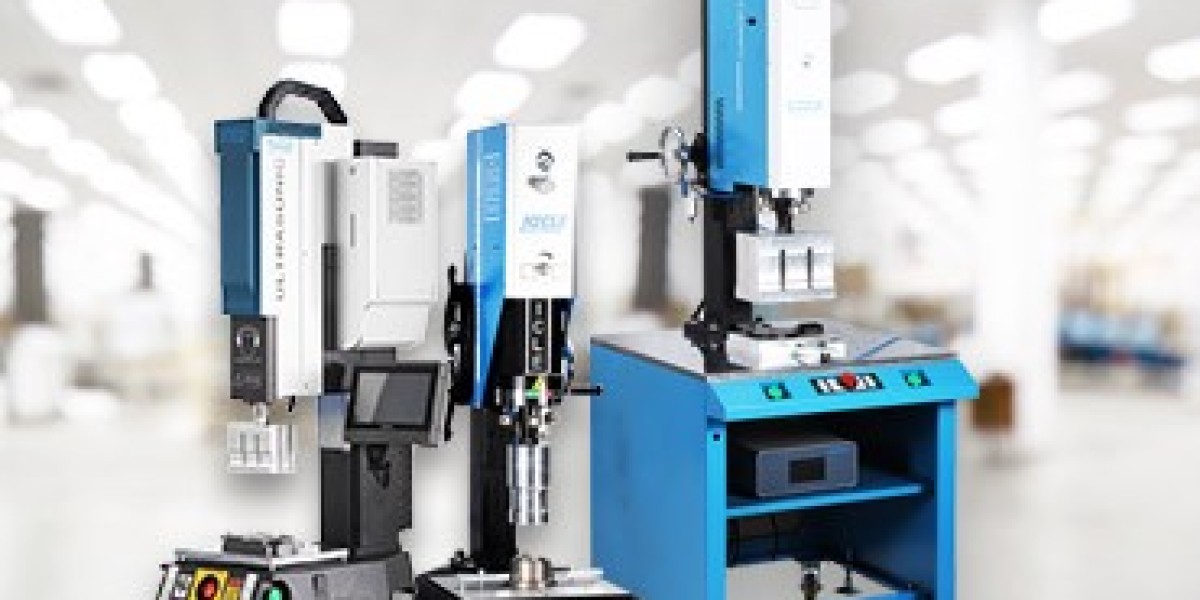The environmental impact of automotive welder machines has become a point of focus in modern factory operations. As pressure mounts for manufacturers to meet sustainability targets, it’s no longer enough to consider only productivity and profit. Welders—especially those used on high-volume automotive production lines—consume large amounts of energy and produce waste by-products, directly influencing the factory’s carbon footprint.
This article explores how welder machines affect the environment, what challenges exist, and what strategies and technologies are helping to reduce their environmental load.
How Automotive Welder Machines Contribute to Environmental Impact
Automotive welding is essential to vehicle assembly. From chassis welding to component joining, welders are running nearly nonstop across multi-shift operations. But this relentless demand comes with environmental costs:
1. High Electricity Consumption
Welding processes—particularly resistance spot welding and arc welding—require significant energy input. MIG and TIG welders, in particular, draw constant current throughout the weld cycle. Multiply that by thousands of welds per day, and the total energy usage becomes substantial.
In factories still relying on fossil-fuel-generated electricity, the indirect emissions from power use are high. According to industry estimates, welding can account for up to 30% of energy use in automotive body-in-white (BIW) operations.
2. Material Waste and Overwelding
While most modern systems are precise, some over-welding still occurs due to conservative programming or manual control errors. This not only wastes filler materials like wire and shielding gas but also increases heat input—requiring more energy.
Additionally, rejected or poorly welded parts are often scrapped, contributing to raw material waste.
3. Air Pollution and Fumes
Welding generates airborne pollutants, including:
Metal oxides
Ozone
Nitrogen oxides
Carbon monoxide
Volatile organic compounds (VOCs)
Fumes from flux-cored wires or certain coatings can be hazardous. While most emissions are captured by ventilation and filtration systems, the energy used to operate these systems adds to the factory’s overall impact.
4. Cooling and Water Use
Some high-duty cycle welders require active cooling. Water-cooled torches and spot welders use closed-loop systems but still consume water and electricity. Any leaks or inefficiencies in cooling loops can increase water use significantly.
5. Consumables and Disposable Parts
Electrode tips, nozzles, liners, and contact tips wear out quickly. These parts, often made from copper or ceramics, are discarded frequently. Though some can be recycled, many end up in industrial waste streams.
Regulatory Pressure and Global Standards
Governments and regulatory bodies are pushing for emissions and energy use reductions across all manufacturing sectors. In Australia, the National Greenhouse and Energy Reporting (NGER) scheme mandates large energy users to report their emissions. Similar frameworks exist globally (e.g., ISO 50001 for energy management, ISO 14001 for environmental management).
Automotive plastic welding manufacturers are now looking down their supply chains, pushing for greener practices from equipment suppliers—including welder machine providers.
Green Innovations in Welder Machine Design
The good news: innovation in automotive welder machines is helping reduce environmental impact. Here are key developments:
1. Energy-Efficient Inverter Technology
Traditional transformer-based welders are being replaced by inverter-based models. These systems:
Draw less power for the same weld output
Offer greater control over heat input
Reduce standby power consumption
Some newer machines even include energy recovery systems that store or redistribute unused energy during weld cycles.
2. Smart Welding Controls and AI Integration
Modern welder machines come with sensors and software that detect:
Optimal arc length
Wire feed speed
Current and voltage fluctuations
AI-enhanced systems can adjust weld parameters in real-time to prevent overwelding and rework. This results in:
Less material waste
Shorter cycle times
Reduced energy use per weld
3. Dry Cooling and Closed-Loop Water Systems
Advanced closed-loop systems are now being used that recycle water more efficiently and prevent evaporation. Some use dry coolers instead of evaporative systems, cutting down water usage significantly.
4. Low-Fume Welding Consumables
Manufacturers are developing wires and fluxes that emit fewer hazardous fumes. These low-emission consumables reduce the need for heavy ventilation and filtration—lowering energy demand.
5. Recyclable and Long-Life Components
Welder machine designs now focus on durability and recyclability. Replacing copper-based parts with longer-life composites reduces the frequency of replacements and material waste.
Reducing Impact on the Factory Floor: Practical Steps
Even with the most advanced machines, operator habits and factory policies matter. Some practical steps that can reduce the environmental impact:
Idle management: Switching off or powering down machines between jobs reduces phantom energy draw.
Regular maintenance: Well-maintained machines operate more efficiently and require fewer consumables.
Operator training: Skilled operators waste less material and reduce rework rates.
Batch welding: Grouping similar welds or materials can cut down on gas changes and setup time.
Gas recovery systems: Some plants are now capturing and reusing shielding gases like argon, cutting down resource use and emissions.
The Bigger Picture: Factory Sustainability
Automotive manufacturers are increasingly aiming for net-zero targets. Welding processes are part of the broader sustainability conversation, alongside painting, stamping, and machining.
Some large manufacturers are already:
Using solar energy to power welding cells
Investing in carbon offset programs for energy-intensive operations
Partnering with welder machine manufacturers on lifecycle impact studies
Sustainability isn’t just about compliance—it’s becoming a competitive edge, especially as car buyers show more interest in ethically produced vehicles.
Challenges to Further Reduction
There are still barriers to greener welding:
Cost of upgrading equipment: Inverter machines and AI-controlled welders have a higher upfront cost.
Retrofitting old lines: Legacy factories may not support modern energy-saving features without major upgrades.
Skills gap: Even the best equipment needs trained staff to use it effectively.
While innovation is closing the gap, widespread adoption still depends on capital investment and workforce development.
Conclusion: Sustainable Welding Is Within Reach
The environmental impact of automotive welder machines is measurable—and manageable. Through smarter machine design, better factory practices, and support from industry regulations, modern factories can significantly reduce their footprint.
As sustainability continues to shape the future of automotive manufacturing, welding equipment will play a key role. Investments made today in energy efficiency, emissions control, and smart automation not only reduce environmental harm but also improve productivity and cost savings in the long run.



